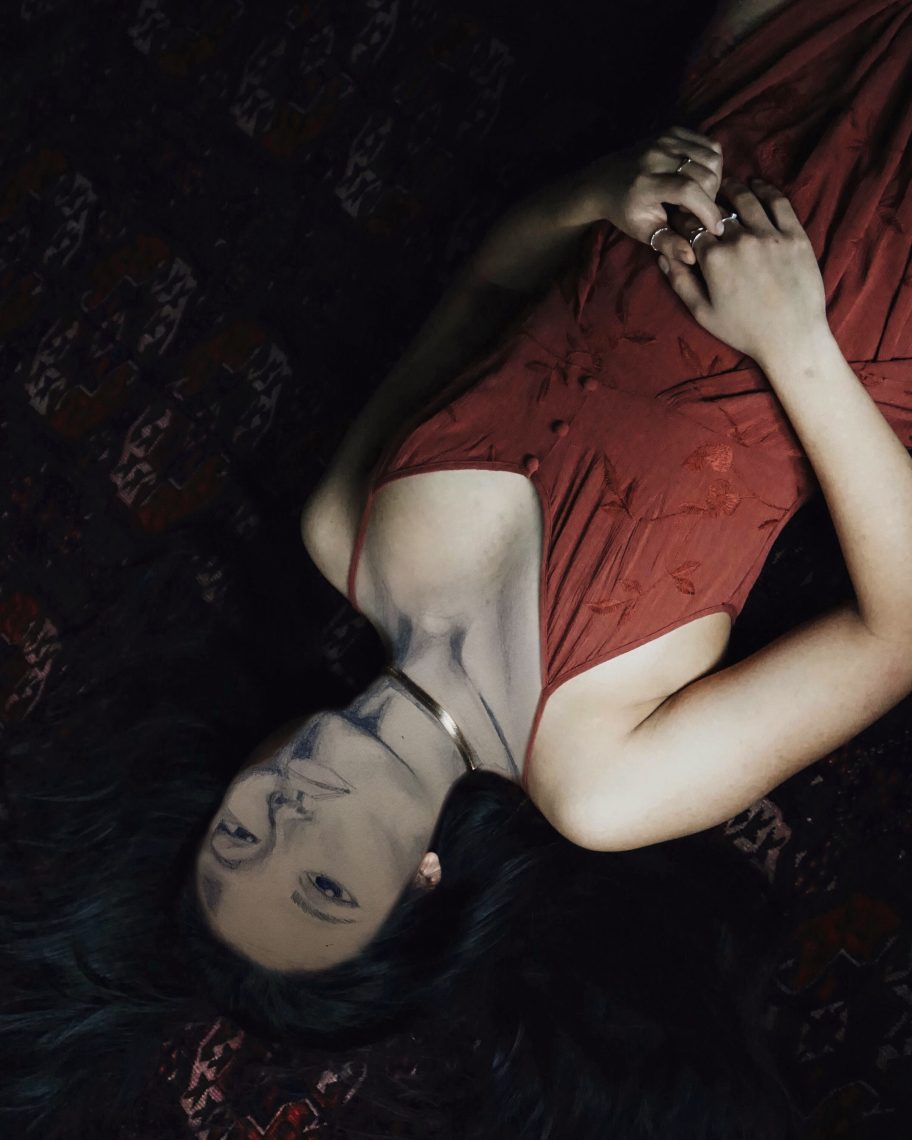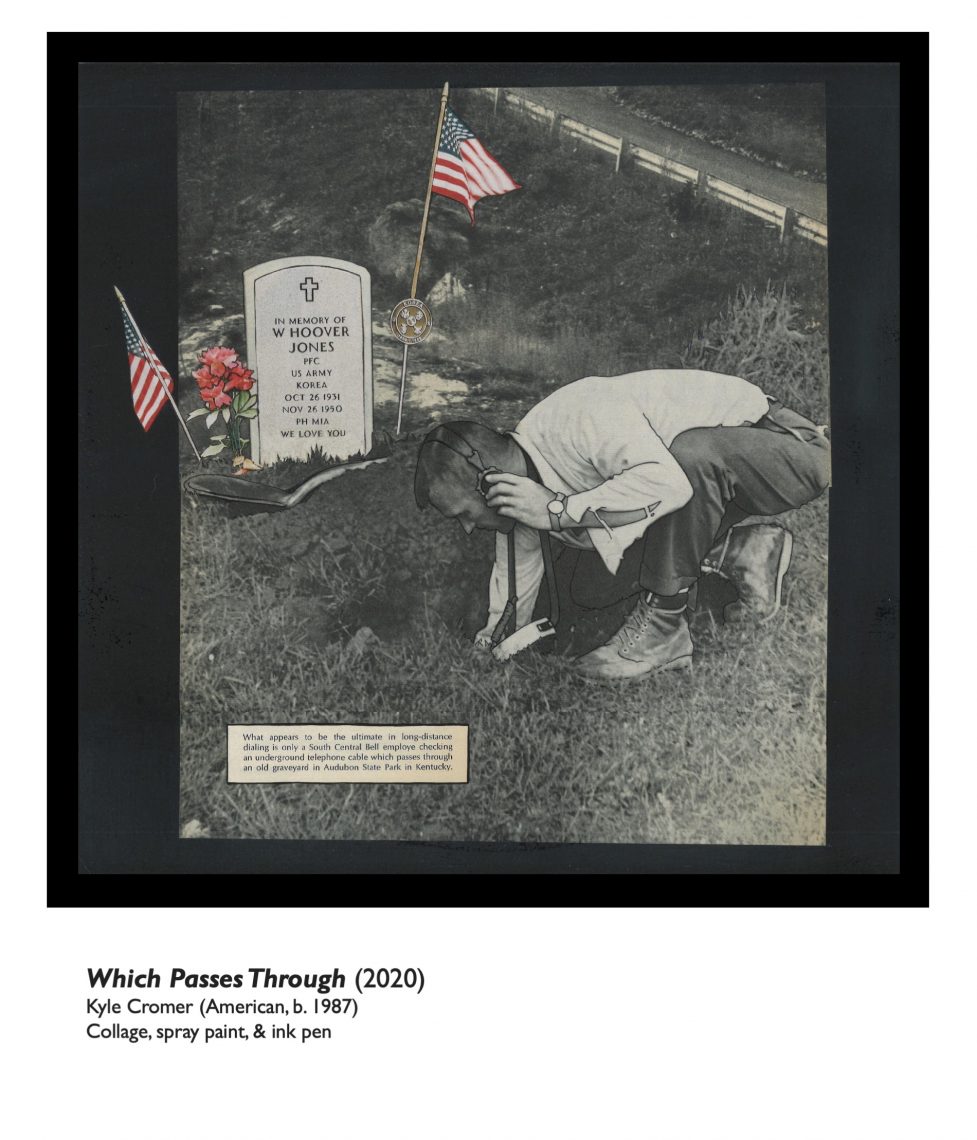-

-
Chocolate Heads perform Chocolate Ball for Polymaths. A performance of dance, music, and book art created for the opening of "Leonardo's Library: The World of the Renaissance Reader" in the Green Library Rotunda.
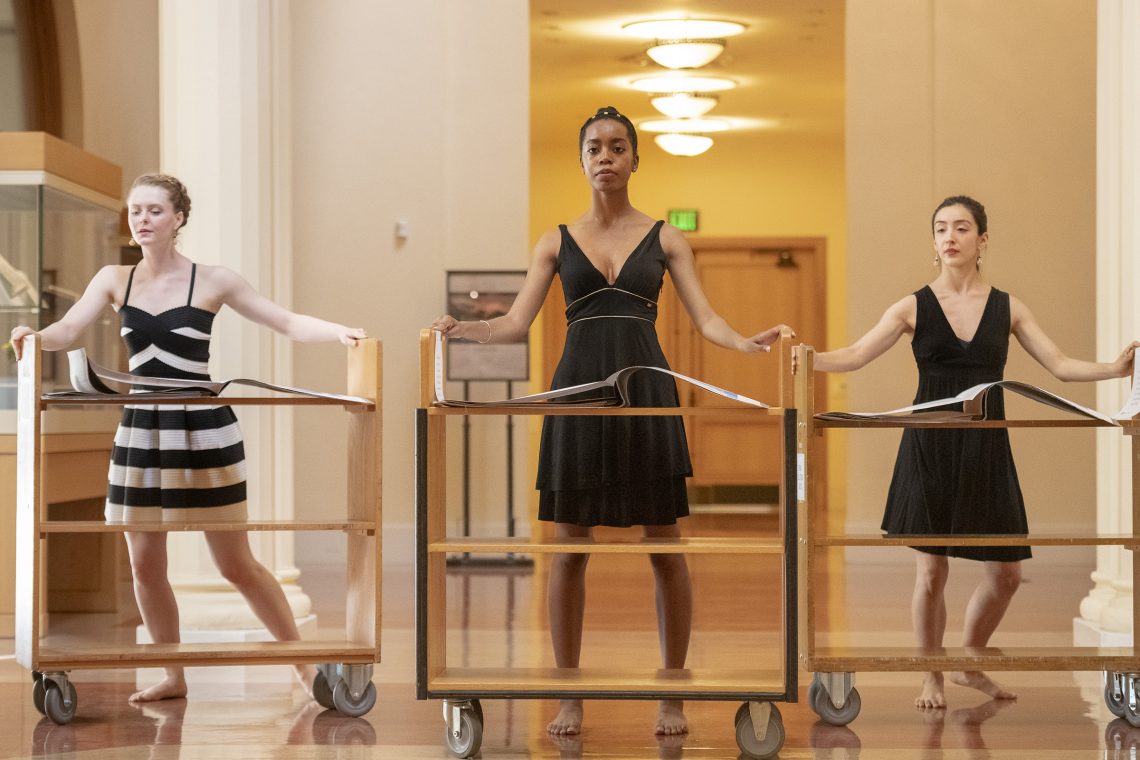
-
Chocolate Heads perform Chocolate Ball for Polymaths. A performance of dance, music, and book art created for the opening of "Leonardo's Library: The World of the Renaissance Reader" in the Green Library Rotunda.

-
Chocolate Heads perform Chocolate Ball for Polymaths. A performance of dance, music, and book art created for the opening of "Leonardo's Library: The World of the Renaissance Reader" in the Green Library Rotunda.

-
Chocolate Heads perform Chocolate Ball for Polymaths. A performance of dance, music, and book art created for the opening of "Leonardo's Library: The World of the Renaissance Reader" in the Green Library Rotunda.

-
Chocolate Heads perform Chocolate Ball for Polymaths. A performance of dance, music, and book art created for the opening of "Leonardo's Library: The World of the Renaissance Reader" in the Green Library Rotunda.

-
Chocolate Heads perform Chocolate Ball for Polymaths. A performance of dance, music, and book art created for the opening of "Leonardo's Library: The World of the Renaissance Reader" in the Green Library Rotunda.

-
Chocolate Heads perform Chocolate Ball for Polymaths. A performance of dance, music, and book art created for the opening of "Leonardo's Library: The World of the Renaissance Reader" in the Green Library Rotunda.

-
Aleta Hayes encourages the audience to join the Chocolate Heads in a dance after the performance of "Chocolate Ball for Polymaths." in the Green Library Rotunda.
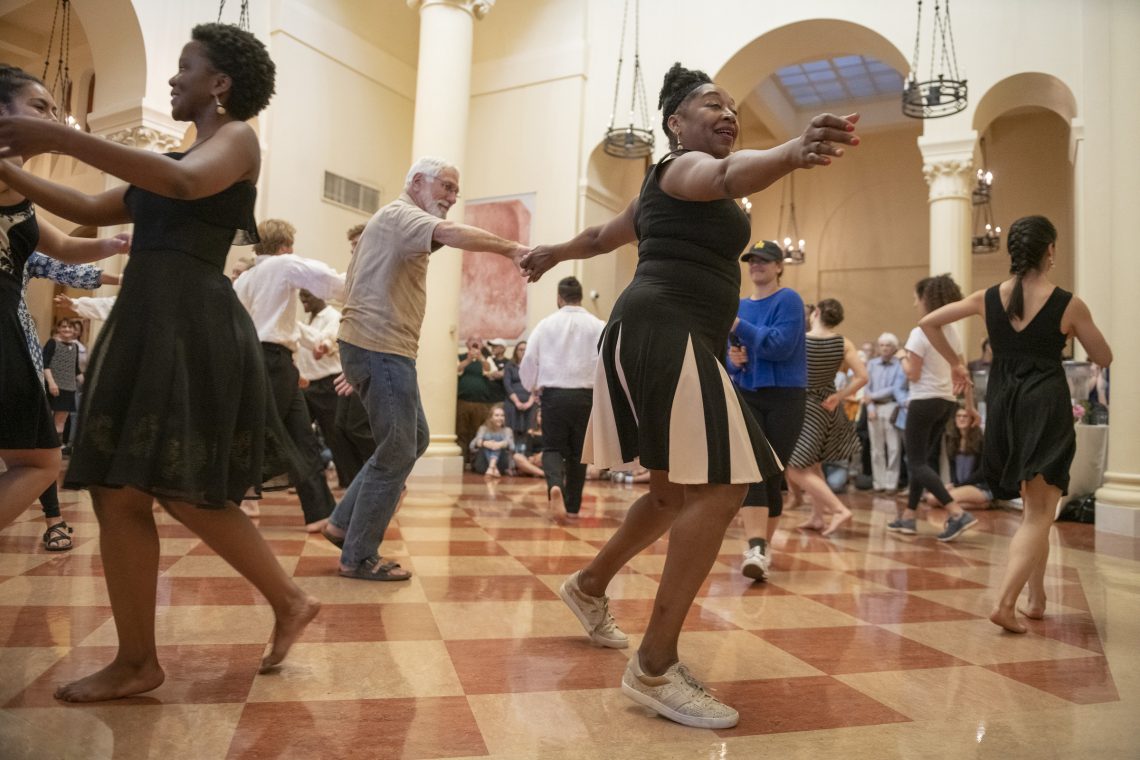
-
Sophomore Ehosa Amadin visits with Chocolate Heads dancer and visual artist Esther Omode as she works on a pastel drawing in the rotunda before the performance.

-
Professor Paula Findlen speaks at the opening of "Leonardo's Library: The World of the Renaissance Reader" in the Green Library Rotunda before the Chocolate Heads perform.

-
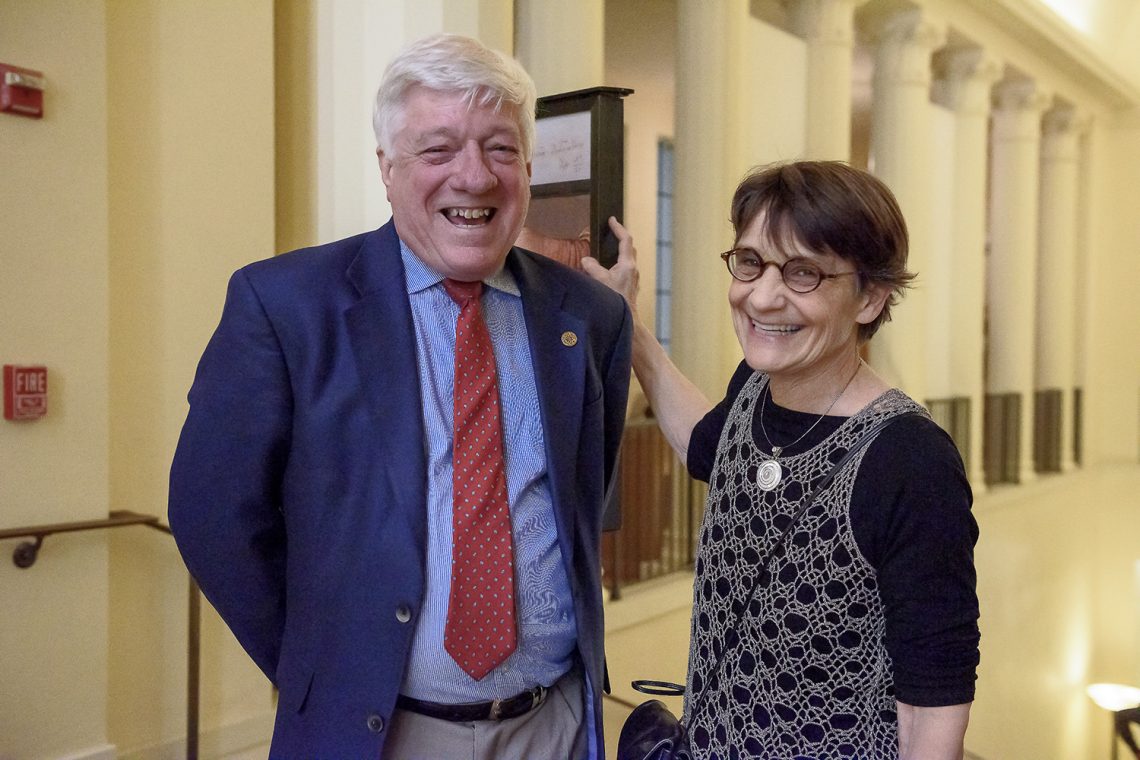
Leonardo da Vinci is celebrated at Stanford’s Green Library
Students, faculty and staff collaborate on an exhibition and a grand opening that Leonardo would have appreciated.
Chocolate Heads Movement Band, a genre-defying student performing arts group put on an unconventional and unexpected performance in the rotunda of Green Library’s Bing Wing for the opening reception of the exhibition Leonardo’s Library: The World of a Renaissance Reader, on view through Oct. 13, 2019.
Under the direction of Aleta Hayes, a lecturer in theater and performance studies in the School of Humanities and Sciences, 21 current and alumni members of the Chocolate Heads participated in developing the dance performance called The Chocolate Ball for Polymaths. The group also provided content for three artists’ books created for the performance, which are also on display at the exhibition. Artist and lecturer Michelle Wilson, in the Department of Art and Art History in the School of Humanities and Sciences, created the books.
“From the start, our goal was to make this a multimedia project that gave many students the opportunity to share their vision of Leonardo,” said Paula Findlen, Ubaldo Pierotti Professor of History in the School of Humanities and Sciences and lead curator of the exhibition. “Some students have written and studied Leonardo for the exhibit and catalogue, others have interpreted him through dance and performance. They have all brought their passions and enthusiasms into this marvelous collaboration.”
The opening reception and exhibition coincided with the 500th anniversary of Leonardo da Vinci’s death. The exhibition draws on Stanford’s rare book and manuscript collections to reveal the authors and texts that shaped Leonardo’s world and influenced his ideas, reading habits and understanding of books in the age of Gutenberg.
“I like to think that Leonardo would have appreciated our desire to do something a bit out of the box for his 500th, combining many different disciplines creatively. Believe it or not, Leonardo was known in his own lifetime as a Renaissance party planner. We thought we should give him a fantastic event in celebration of this anniversary,” said Findlen.
Findlen’s exhibition collaborators included John Mustain, emeritus curator of rare books at Stanford Libraries; graduate students Joe Amato, Ronnie Shue-Ron Shi and Alexandria Tsagaris, who co-curated the exhibition and wrote essays for the catalog; and Elizabeth Fischbach, exhibitions designer for the Department of Special Collections at Stanford Libraries.
Thirty-five students wrote label copy for each of the 55 featured books and manuscripts in the exhibition, addressing the question, “how would Leonardo have been influenced by this text?”
Stanford Libraries published a 208 page color catalog for the exhibition, which can be purchased at the Special Collections desk (Field Room, Green Library) or ordered online.
Leonardo’s Library is the farewell exhibition for Fischbach, who has worked at Stanford for 40 years, 30 in her current role, and Mustain, who has worked at the library for 37 years.








